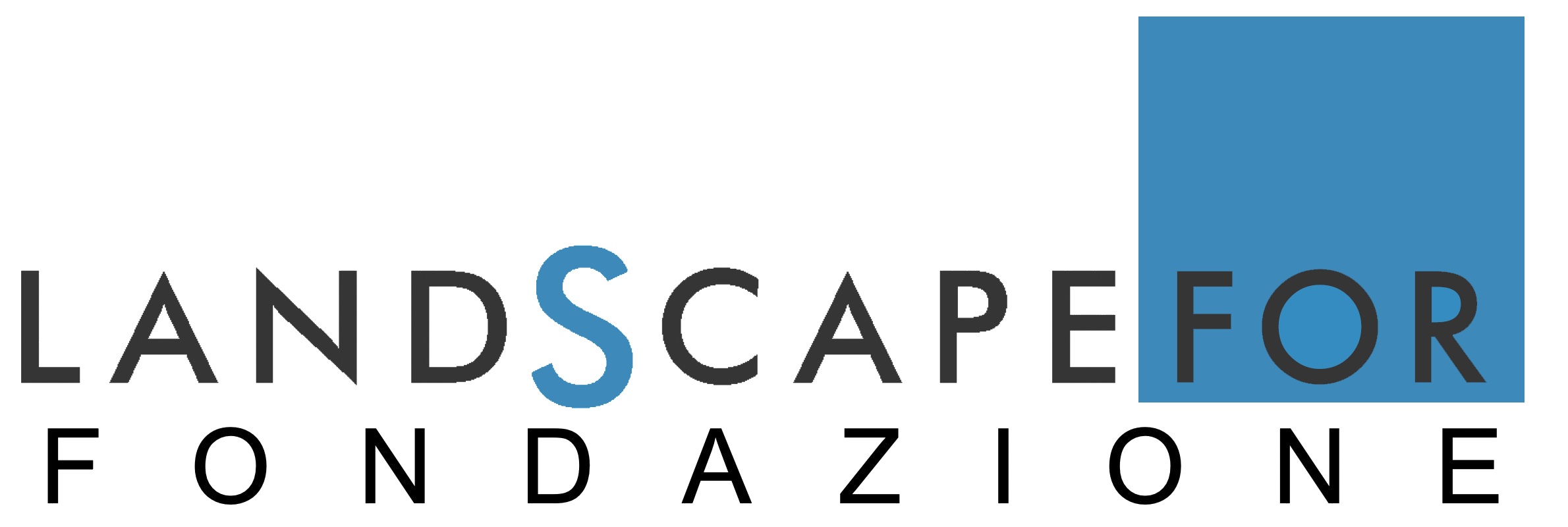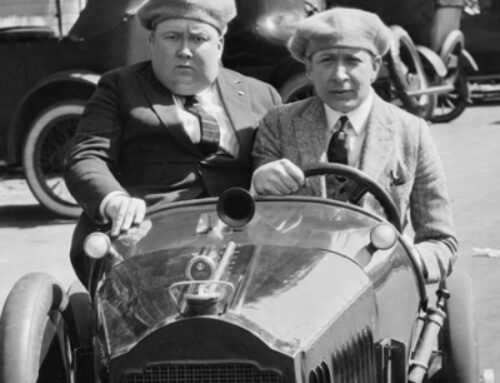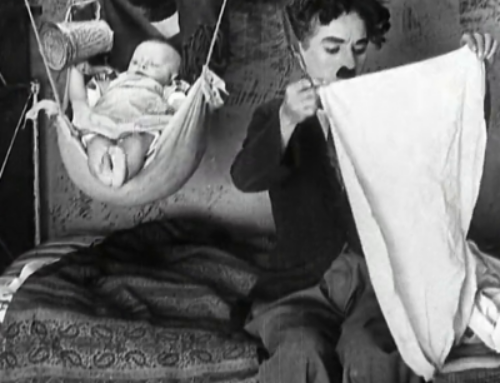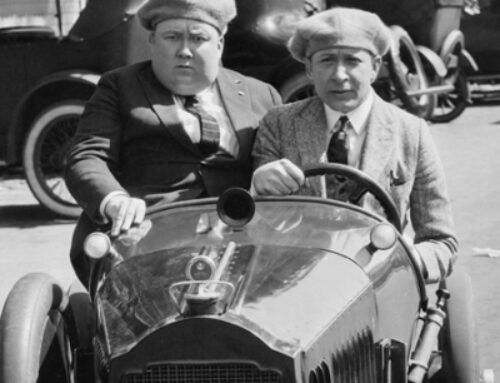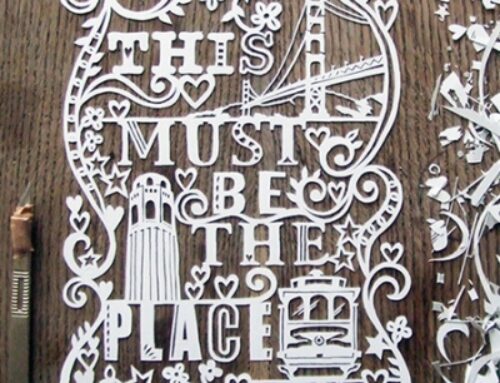Modena has a long tradition linked to its territory, of attention to town planning. It is a tradition consolidated by great political continuity, by a shared project for the city, by a community that has espoused a vision of its own future and development since after World War II.
Modena is an industrious city, a city of work, that has built its wealth on the artisan village, on small and medium-sized enterprises, often translated into situations of excellence at Italian and international level. Modena is a fair city, a city of rights, incorporated over time in its urban planning instruments, in the PIPs and PEEPs, a city of services, where the community takes charge of certain primary needs, a city of everyday life, of widespread and perceptible urban quality.
Today, however, some questions must be asked: does the community of that time, which laid the normative foundations of today’s city, still exist? Probably from a community based on work and family it has evolved into different and multiple forms. Is it still a sustainable model that the city has been based on until now?
Once the city expanded, the population grew, whereas today this model is no longer sustainable. Can the city of services maintain its qualities over time? Certainly it is difficult to maintain the ever-increasing expectations of its citizens, who quickly get used to what has been granted to them and demand new services and ever greater efficiency.
The regulatory plans themselves have incorporated the progressive lack of a shared vision of the city’s future, turning into patches of colour that are difficult to read and interpret. Urban planning regulations, which up until the 1980s were a little book, are now often contradictory and have the volume of a big book of many hundreds of pages, which is awe-inspiring to those in the know.
Urban redevelopment a dozen years ago and the push of complex programmes, however, have provided a new opportunity for the city to reflect on itself, to revise its overall design, to bring together neighbouring urban areas, to make the transformation of the city part of an organic change.
The existing city, its potentialities, the latent city, the ways to increase people’s sense of belonging were explored once again, structuring it around public spaces, put in communication with each other, made into strong places, for the provision of services and the location of collective facilities, for aggregation.
In 2005, seven universities were involved in order to make them participate in an urban project on the scale of the entire municipal territory, starting from the desire to build a knowledge of the area, to understand what the city needed and still needs, with the intention of recomposing an overall design through a transcale approach.
Today we are working in particular on the reuse of certain parts of the city, an opportunity offered above all by the dismantling of a railway section, first a shear of the urban centre and now an opportunity for redesign, for recomposition, through the design of a path that gives strength to the system of the public city, to the reconnection of its structural elements and to collective transport.
The progressive construction and management of the project is entrusted to the City Workshop, the public administration’s tool for moving the logic from the screens to the urban design, where the entire process takes shape, is integrated into a landscape that allows everyone to discuss and give themselves a clear and shared vision of their future.
The urban project in fact needs a long time and a management tool, it must be based on a few strong rules and a high degree of adaptability and flexibility with respect to changing external conditions. The City Workshop is proposed as a place for training, discussion, project review and management, and participation in structural choices for the city’s future. The urban planning discipline must be able to put the urban landscape back at the centre, because the landscape is a complex outcome that forces us to think in organic, overall and not sectorial terms, but also because thinking about the landscape allows us to bring out the neuralgic themes around which to focus the debate, the participation, on which to focus for the ever better qualification of the city.
